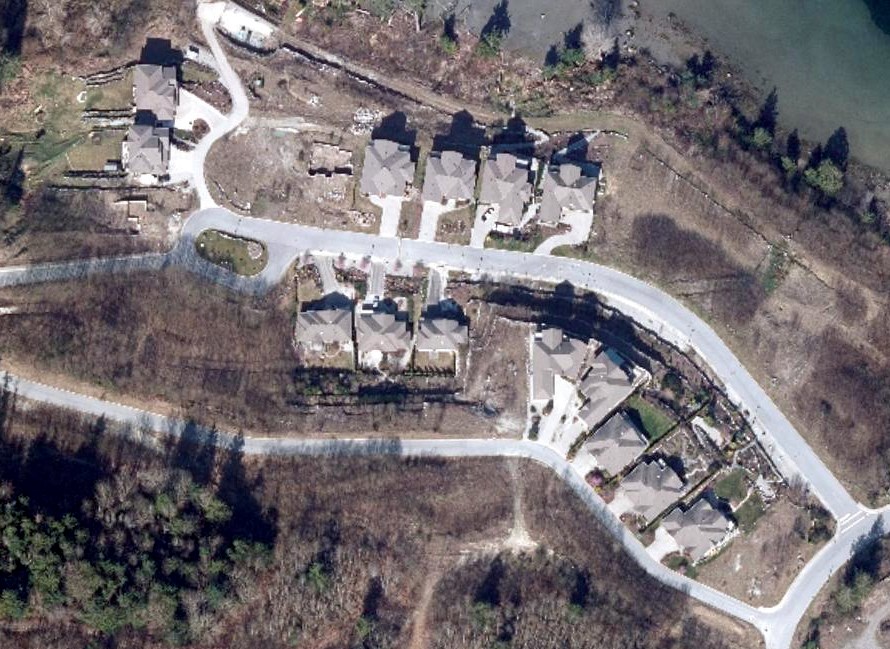The District of Sechelt is awaiting the results of test drilling and engineering analysis before deciding whether Seawatch Lane can be reopened.
The district closed the road, west of 6649 Seawatch, on Jan. 9 on the advice of their consultants Thurber Engineering after a new sinkhole was reported Dec. 26.
“The sinkhole was in the magnitude of 400 cubic metres, which was later backfilled by the property owner at the direction of their geotechnical engineer,” the district said in a release.
The district also moved to place concrete barriers on Gale Avenue North, which had previously been blocked by temporary barricades that residents were able to easily walk or drive around.
Mayor Darnelda Siegers and some of the council met with Seawatch residents Jan. 10.
Siegers said two members of the Restorative Justice program were brought in to help facilitate the meeting, which lasted for more than two hours.
“I think it helped open some of the lines of communication on both sides, and it really gave council more of an understanding of the day-to-day impact that this situation has had on residents of the area,” Siegers told Coast Reporter this week.
Rod Goy, who lives in one of the homes blocked by the new barriers, said he left the meeting feeling that “for the first time in many years” residents had the ear of councillors. “They gave a commitment that they want to do something.”
Goy’s neighbour, Chris Moradian, said, “They have a desire and a will that they want to do something and that certainly is admirable and we thank them for [meeting us] last night in such a quick fashion. But they don’t really know what they have to do.”
Siegers said it could take engineers until sometime next week to complete their work, and in the meantime, the district continues to explore its options.
“Obviously before us we have a decision to make about whether or not we do a fix in the subdivision or if we close the subdivision, and we were pretty open with the residents about that,” she said. “We don’t have enough information to determine which way to go, so we’re exploring all of the potential ways to get to either place. In the end we want the residents safe – that’s our primary goal here.”
Siegers said district staff are “going full-out,” including holding discussions with the province. “We’re checking with all the different ministries.”
She also said the district is hoping to hold another meeting for Seawatch residents in the next two weeks.
The latest sinkhole problems have also spawned a community response. On Jan. 14, a Facebook page called Help Seawatch appeared, referring to it as “the neighbourhood the District of Sechelt doesn’t want you to hear the truth about.”
“What was once a bustling vibrant new neighbourhood in a picturesque area of Sechelt called Seawatch has now become nearly deserted as the multiple barriers designed to keep the public out and the neighbours cowering within is showing many signs of neglect, lack of care and absolutely no concern for the residents who still live here,” the page claims.
The Facebook page links to the website www.helpseawatch.ca, a domain that was registered last October. Posts so far include technical reports, photos and previous news coverage.
It’s unclear which, if any, of the affected homeowners are behind the Facebook page and website.
Two homeowners, including a family forced from its home because of a sinkhole in 2015, have pending lawsuits against the district, the developer Concordia Seawatch, and several engineering firms including Thurber. At least one of those cases is scheduled to be heard next year in BC Supreme Court.
The district has estimated a full remediation of the geotechnical problems in the neighbourhood could cost on the order of $10 million.



